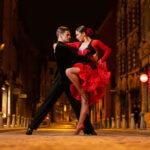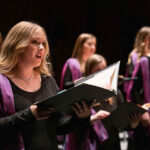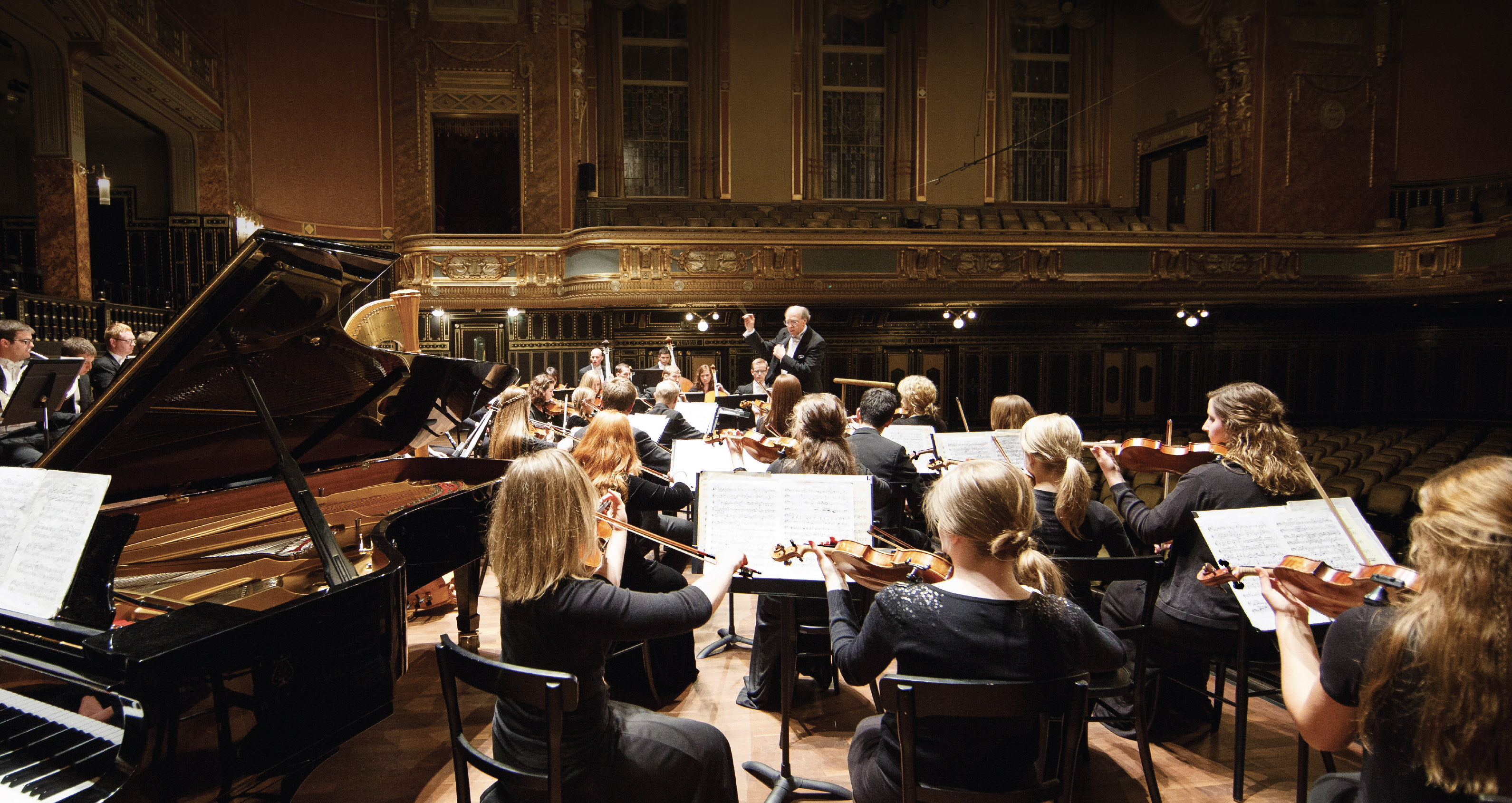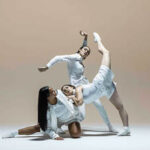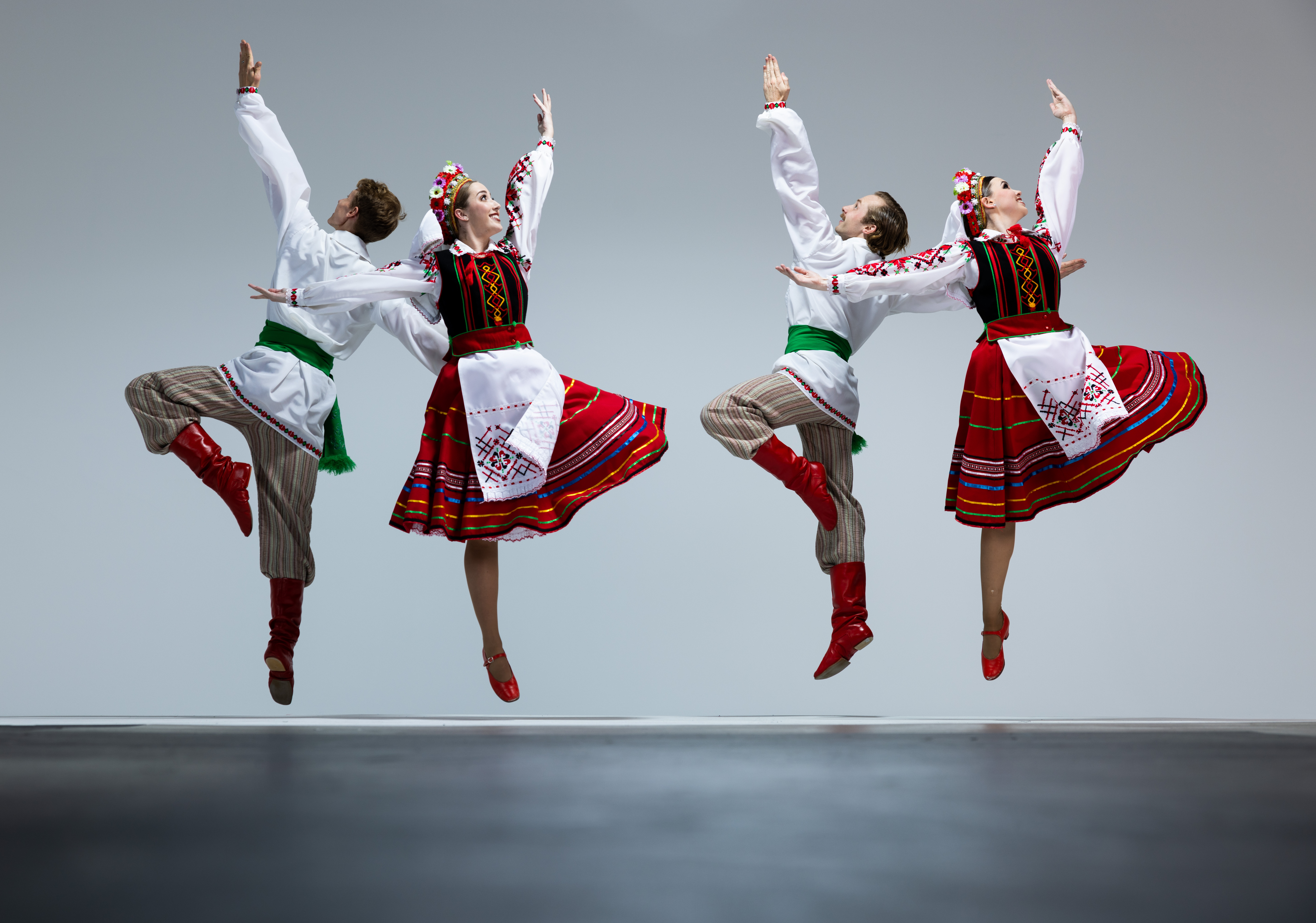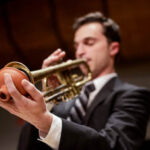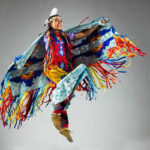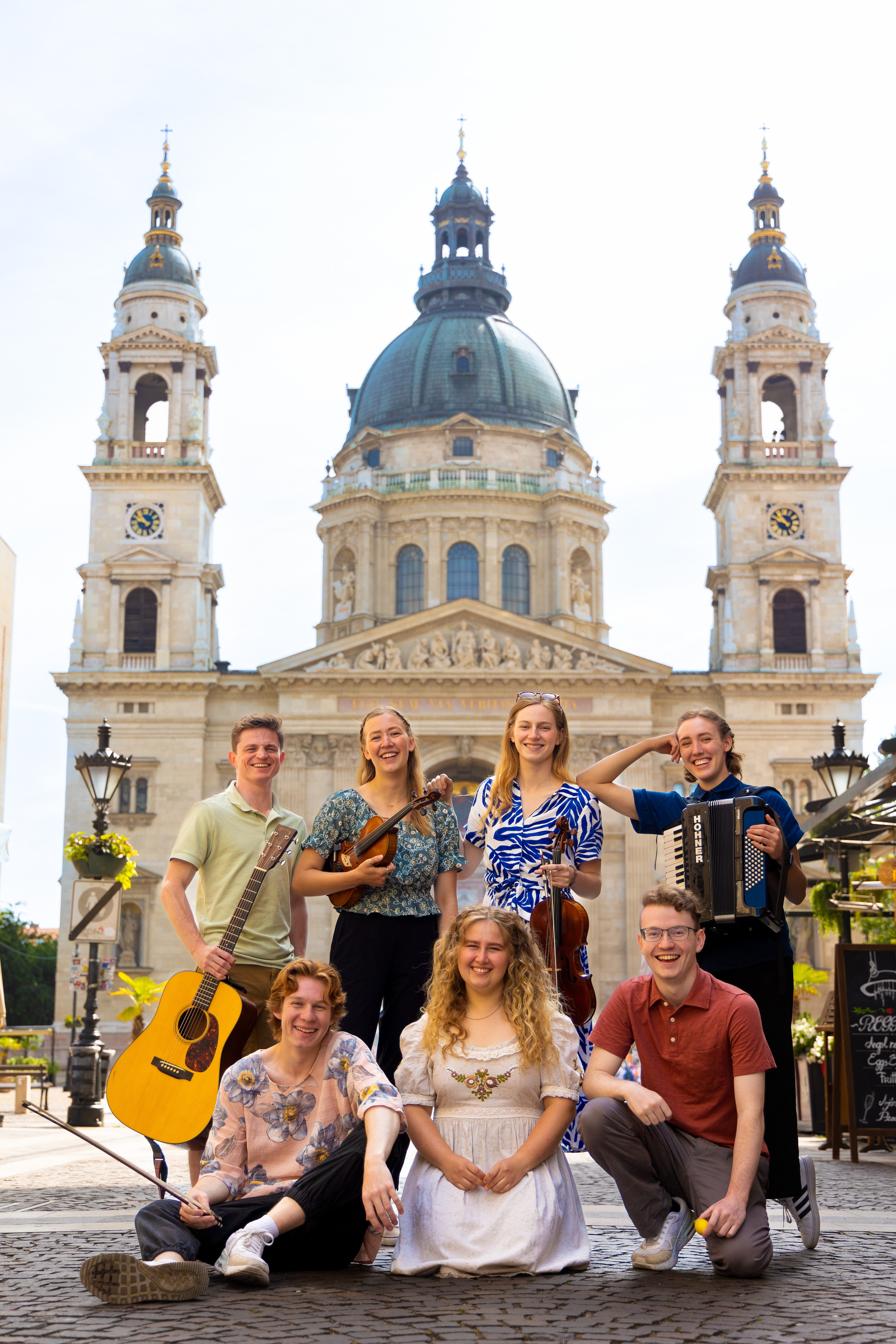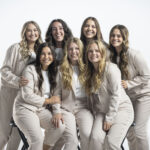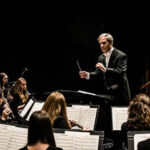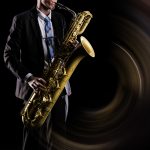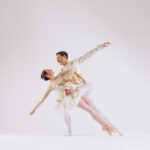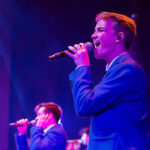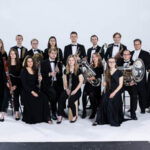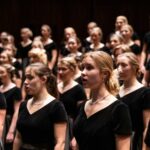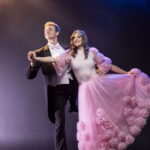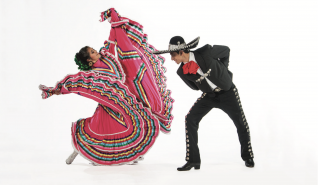
During Living Legends’ last tour to Alaska, a young boy watched a Latin dancer perform a fast-stepping number in the lobby. The boy started tapping his own feet as if to say, “Look, I can do it too!” The ensemble finds such enthusiasm for their cultural representations among the young and old wherever they go.The ensemble’s upcoming tours will place the dancers within each of the three cultures they represent: Native American, Polynesian, and Latin American. It is a pleasure for Living Legends to perform for every audience, but presenting a dance for members of its native culture is a special privilege.Beginning in late February, Living Legends will tour for 10 days in New Mexico and Texas. Then the group will head to Montana, British Columbia, and Alaska at the end of April. The ensemble will return to previous performance sites as well as perform in Prince George, Prince Rupert, Ketchikan, and Juneau for the first time.The first stop will be New Mexico, where the population is estimated to be 10 percent Native American and nearly 50 percent Latin American. This stop is particularly special to performer Shanoah Ulibarri, who is from the Pueblo tribe and will be returning home on the tour. Ulibarri didn’t grow up on the reservation, but her grandma did, so Ulibarri participated in ceremonies and cultural activities there as a child. Participating in events from her Native American heritage did not become important to her until much later. “I realized that knowing who you are comes from knowing your ancestors—their trials and belief systems,” she says. “Living Legends helped me learn about my own heritage.”As a member of Living Legends, Ulibarri now shares that knowledge by performing dances, such as the hoop dance, in which she arranges 17 hoops into symbolic representations of animals, plants, baskets, and globes to honor the creations of Mother Earth. “These performances can help remind people who they are, where they came from, and where they have the potential to go,” she says.Tara Lucio, a former member of Living Legends who resides in Gallup, New Mexico, now organizes shows in the area—but not just for the nostalgia of seeing her former group perform. “As a mom, I want [my kids] to remember where they came from and to learn,” she told a local paper concerning her Polynesian and Native American family. “I want them to be proud of who they are and share their culture with others.”Native American dances in the Living Legends show Seasons include “Eagle,” “Bow and Arrow,” “Hoop Dance,” and “Go My Son.”Sharing a dance from one’s own culture evokes memories and a sense of community. “Those from the native cultures know what we are saying when we dance,” says Telli Arce, a Living Legends performer from Mexico. “They know what it feels like to dance and what it means to have a piece of your country brought to you.” The Latin section of the show includes “Aztec” and “La Negra” from Mexico. “I get to share with the audience that pride of being part of a rich culture that is alive and constantly growing,” she says. “I have to admit that it puts a little bit of pressure to do our very best, but I think all those feelings are worth what we are putting into it.”Touring Alaska will provide the group the chance to meet various native tribes, among them the Yup’ik and Haida. The ensemble will perform a native Alaskan dance, “Yup’ik,” which expresses through the hands of the dancers fishing exploits and the building of friendships.Stephanie Thompson, from the board of directors of the Alaska Federation of Natives, praises the influence of Living Legends. “Our youth find role models when they see the performers take pride in their people and their heritage,” she says. “And our youth aren’t the only ones affected—even adults really make a connection and see that they are part of a larger native world.” In recent years traditional dance has seen a resurgence among Native Alaskans, and local groups are working to retain their rich heritage of performing arts. Living Legends is proud to be part of such a movement. According to Thompson, seeing native dance performed at such a high caliber is an important part of motivating these groups.While in Alaska, Living Legends will be in contact with both Native Alaskans and, interestingly, a significant Polynesian population. The history of Polynesians in Alaska is a long one, and an estimated 6,000 Polynesians live there today. The ensemble is thrilled to present a show that will include numbers from such richly diverse cultures. Seasons contains dances that span the Pacific—from Hawaii, Samoa, Tahiti, New Zealand, and Tonga.

